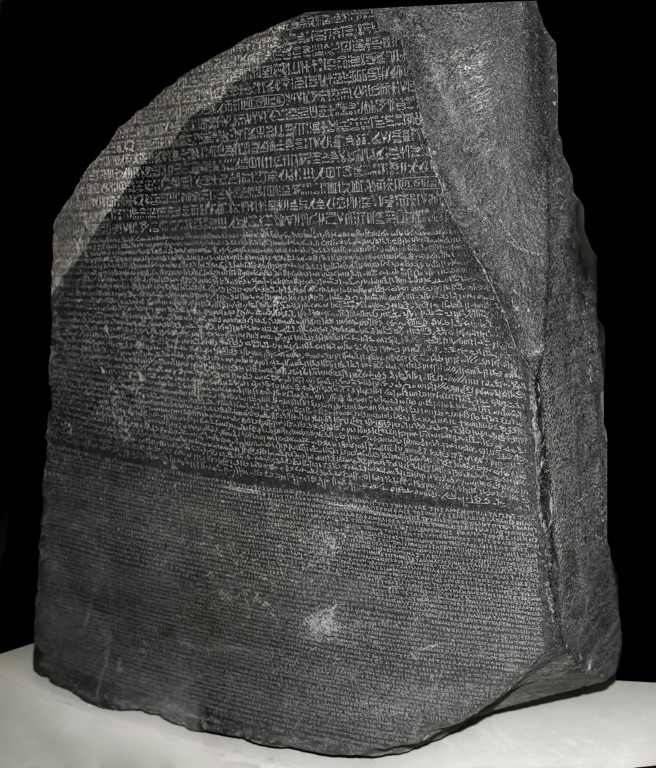Rosetta Stone: The Key to Ancient Civilizations
The Rosetta Stone, discovered in 1799, is a granodiorite stele inscribed with three versions of a decree issued in Memphis, Egypt, in 196 BC during the Ptolemaic dynasty. The top and middle texts are in Ancient Egyptian using hieroglyphic and Demotic scripts, respectively, while the bottom is in Ancient Greek. The Rosetta Stone provided the key to deciphering these scripts, particularly the hieroglyphs, which had been a mystery to scholars. This breakthrough significantly contributed to the understanding of ancient Egyptian civilization and its language.
Get your dose of History via Email
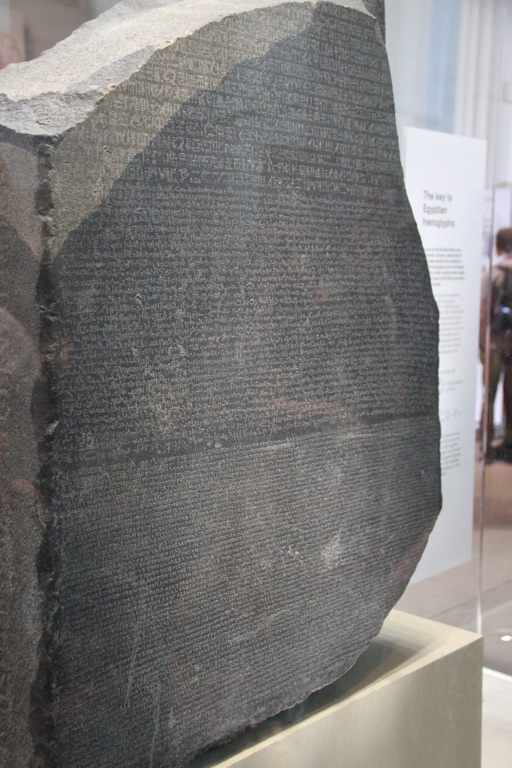
What is the historical significance of the Rosetta Stone, and how did it contribute to our understanding of ancient languages and civilizations?
The Rosetta Stone is one of the most important archaeological discoveries in history. It has served as a bridge to understanding ancient civilizations, particularly the Egyptian civilization. The stone, with its trilingual inscription, provided scholars with the ability to decipher ancient languages, notably Egyptian hieroglyphs.
The historical significance of the Rosetta Stone is immense. Before its discovery, scholars had been unable to read ancient Egyptian hieroglyphs, making it impossible to fully understand the civilization’s history, culture, and contributions to human knowledge. The Rosetta Stone changed that, opening a window into the past.
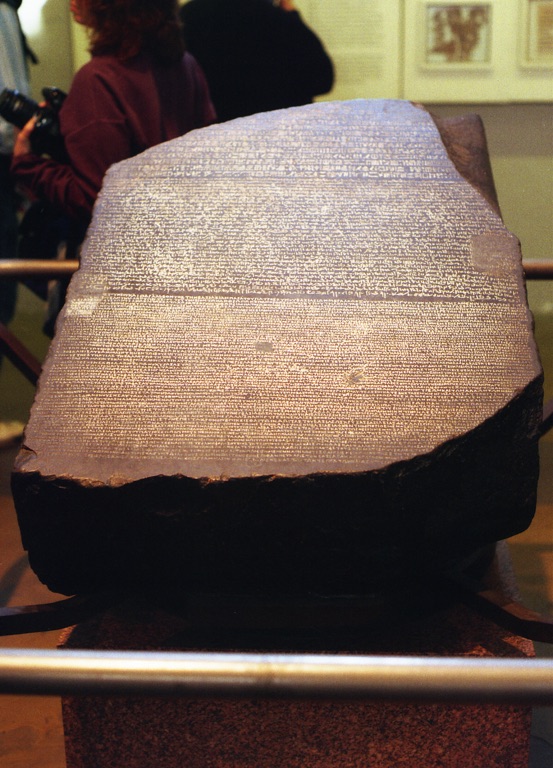
The Rosetta Stone also contributed to our understanding of ancient languages. The stone’s Greek inscription provided a key to decipher the other two scripts. This breakthrough led to a deeper understanding of ancient languages and how they evolved over time.
Moreover, the Rosetta Stone shed light on the political and religious life of ancient Egypt. The decree inscribed on the stone was issued by King Ptolemy V, revealing insights into the power dynamics and religious practices of the time.
Overall, the Rosetta Stone’s contribution to our understanding of ancient languages and civilizations cannot be overstated. It unlocked the secrets of a civilization that had been silent for centuries, enriching our knowledge of human history.
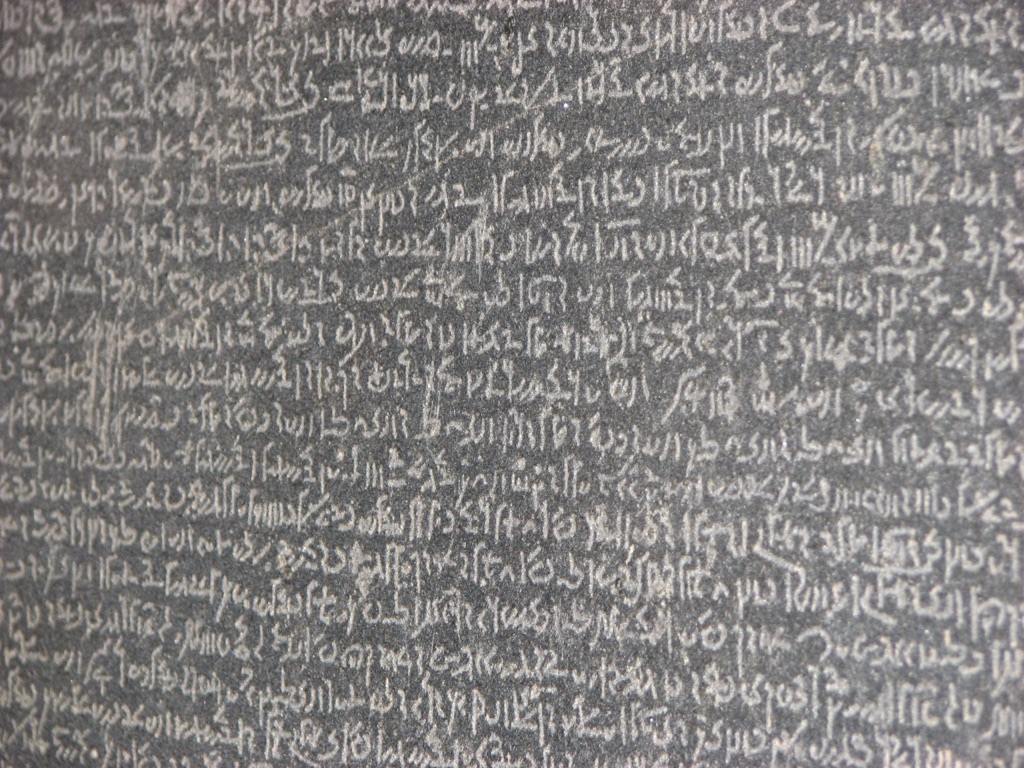
What is the significance of the Rosetta Stone in understanding ancient Egyptian hieroglyphs, and how was it deciphered?
The Rosetta Stone’s significance in understanding ancient Egyptian hieroglyphs is unparalleled. The stone provided the key to deciphering these intricate symbols, which had remained a mystery for over a millennium. The breakthrough came from the stone’s unique feature: the same text written in three different scripts.
The bottom script was Ancient Greek, which was well-understood by scholars. By comparing the Greek text with the hieroglyphic and Demotic texts, scholars could start making connections between the scripts. This comparative approach was the foundation of the decipherment process.
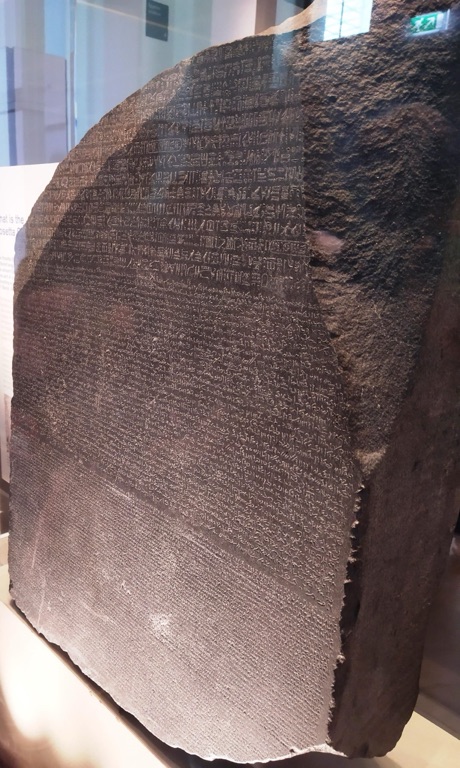
The task of deciphering the hieroglyphs fell to several scholars, but it was French scholar Jean-François Champollion who made the final breakthrough in 1822. Champollion, who could read both Greek and Coptic, recognized that the hieroglyphs were not just symbolic but also phonetic, similar to the Greek script.
Champollion’s decipherment of the Rosetta Stone marked the beginning of Egyptology as a scientific discipline. His work paved the way for a comprehensive understanding of ancient Egyptian language and culture.
Thus, the Rosetta Stone’s significance in understanding ancient Egyptian hieroglyphs and its decipherment is profound. It unlocked the secrets of an ancient civilization, paving the way for a deeper understanding of human history.
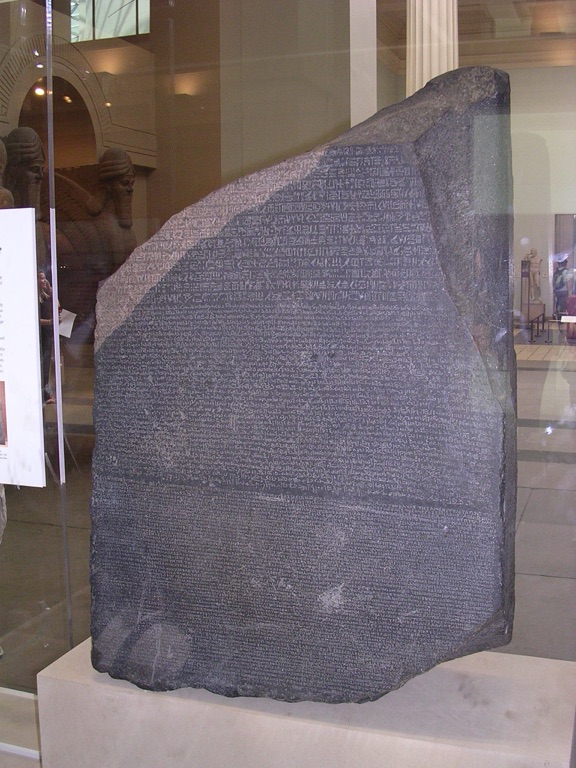
For further reading and to verify the information provided, the following sources are recommended:

